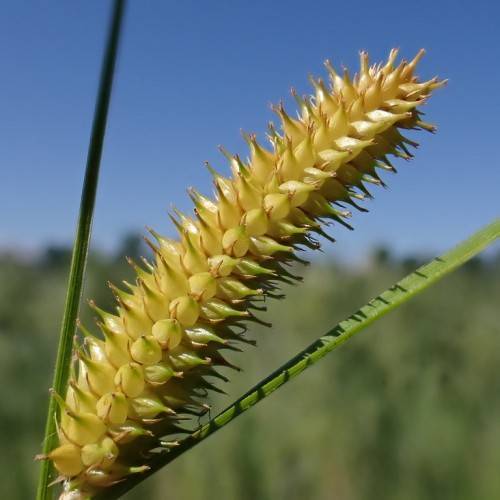
Beaked Sedge
Carex utriculata
Also Known As - Northwest Territory SedgeWatering:
Frequent
Hardiness Zone:
Sun:
full sun,part shade
Leaf:
Yes
Growth Rate:
Low
Drought Tolerant:
Yes
Salt Tolerant:
Yes
Invasive:
Yes
Care Level:
Medium
watering
One Sided Sedge should be watered regularly. During the hot summer months, it needs to be watered once or twice a week. During cooler seasons, water once every 2 or 3 weeks. Avoid over-watering and allow the soil to dry out a bit between waterings. When watering the plant, make sure to get water to the roots of the plant using a gentle spray.
sunlight
One Sided Sedge prefers indirect sunlight for most of the day. When exposed to direct sunlight, the leaves can become scorched and dry. Generally, 4 to 6 hours of sun a day is best for One Sided Sedge, with the morning sun being the most desirable. The plant should be placed in an area where it can receive the morning sun but be sheltered from harsh afternoon sun rays. For optimal growth and overall health, it is recommended that One Sided Sedge is placed in a location with morning sun and bright, indirect light the rest of the day.
pruning
When it comes to pruning One Sided Sedge, the best time to do so is during the early spring, after the last frost. Prune it back no more than 1 third of the plant’s overall height, and remove any dead or discolored foliage. Thinning out the bottom of the clump will also provide better air circulation and promote healthier growth. Prune away any dead or damaged foliage when it appears in order to maintain desired plant shape and size.
